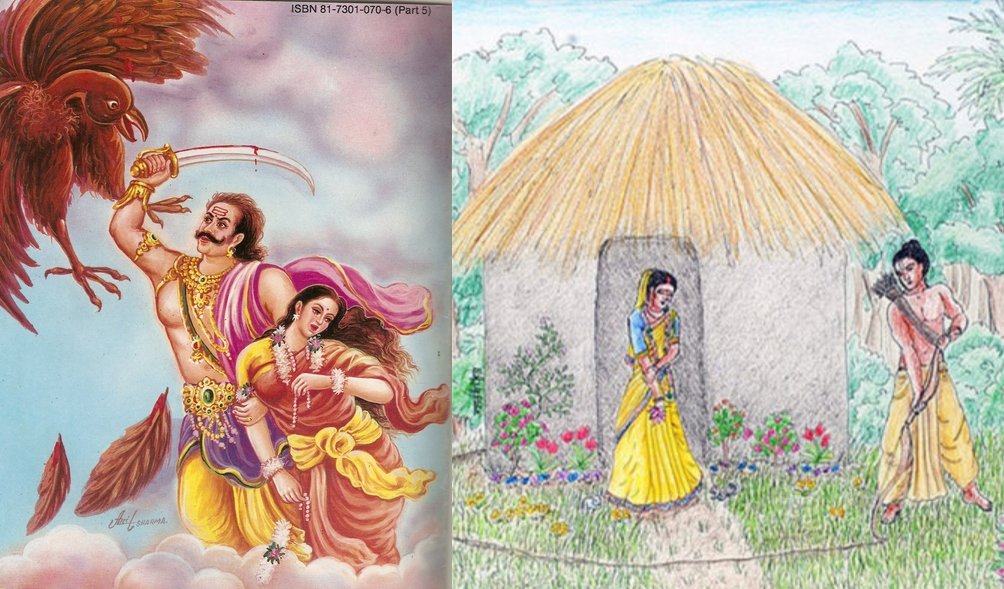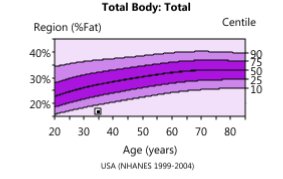This is how Valmikiji describes the scene:
वामेन सीताम् पद्माक्षीम् मूर्धजेषु करेण सः |
ऊर्वोः तु दक्षिणेन एव परिजग्राह पाणिना || ३-४९-१७
2/n
So, it means as per Valmiki Ravan did touch Devi Sita.
3/n
We’ll come to the Marxist twist later in the thread
4/n
How Shri Valmiki describes Lakshman leaving the hut to go out and look for Shri Ram
5/n
गमिष्ये यत्र काकुत्स्थः स्वस्ति ते अस्तु वरानने || ३-४५-३३
रक्षन्तु त्वाम् विशालाक्षि समग्रा वन देवताः |
6/n
and then he says...
7/n
अपि त्वाम् सह रामेण पश्येयम् पुनरागतः || ३-४५-३४
Meaning "Gauging by those dangerous forebodings that are now bidding fair, can I to see you again along with Ram on my return, or not? That I do not know." Thus he spoke to Sita
8/n
9/n
There are two characters from our ancient history that our Marxists historians and mythologists have been very kind to. One is Ravan and the other Karn.
10/n
11/n
12/n
13/n
14/n
15/n
1.) Makes the villain look equal to the hero (Shri Ram and Arjun in this case) and confuses the ones who haven’t read the original text
16/n
17/n
n/n








